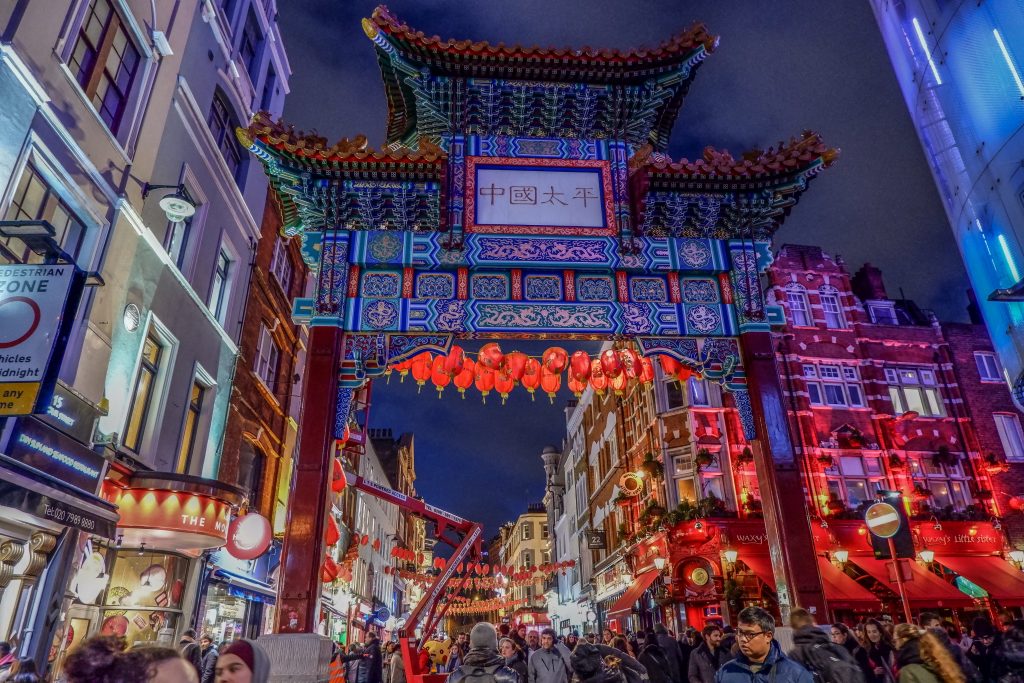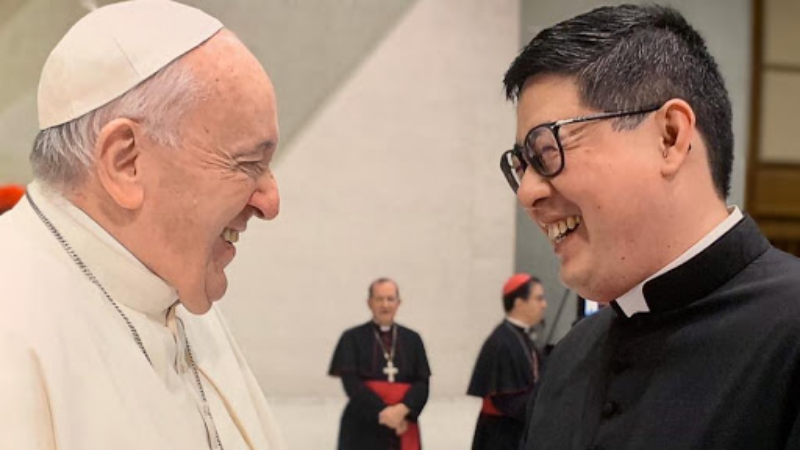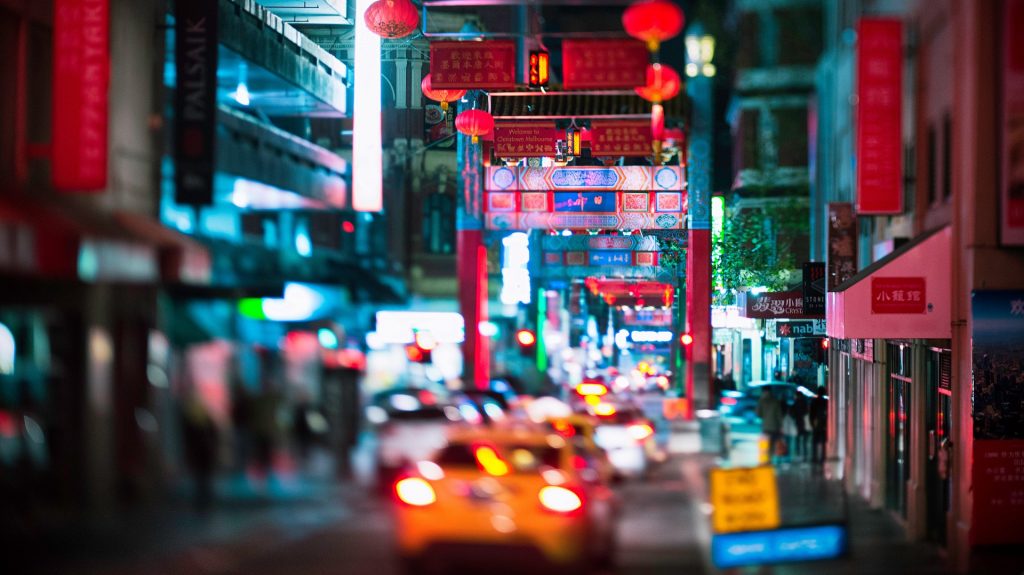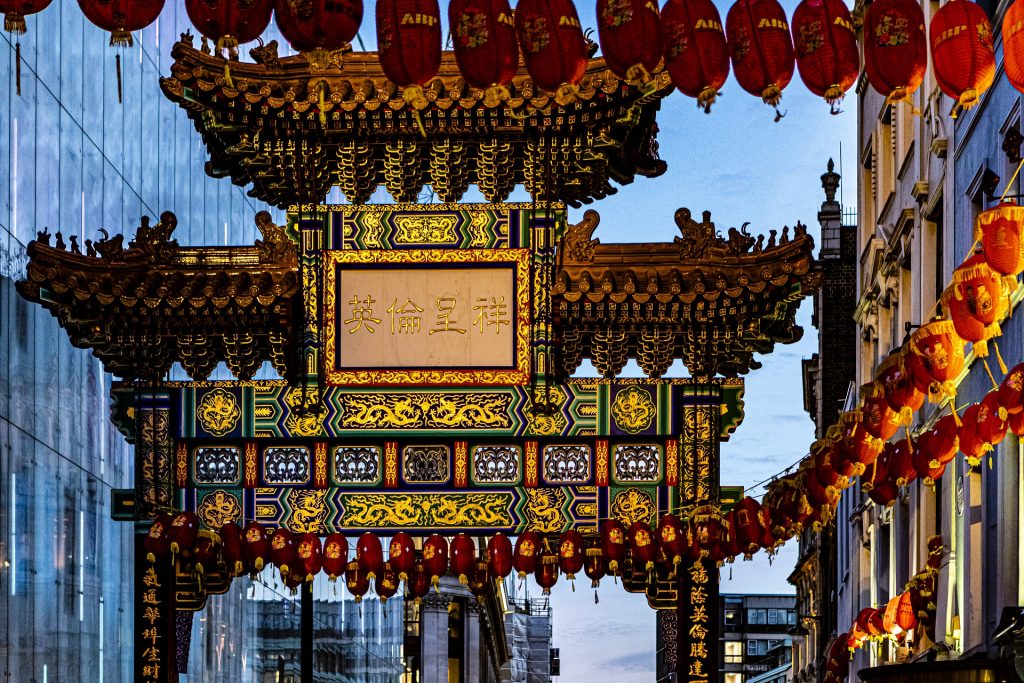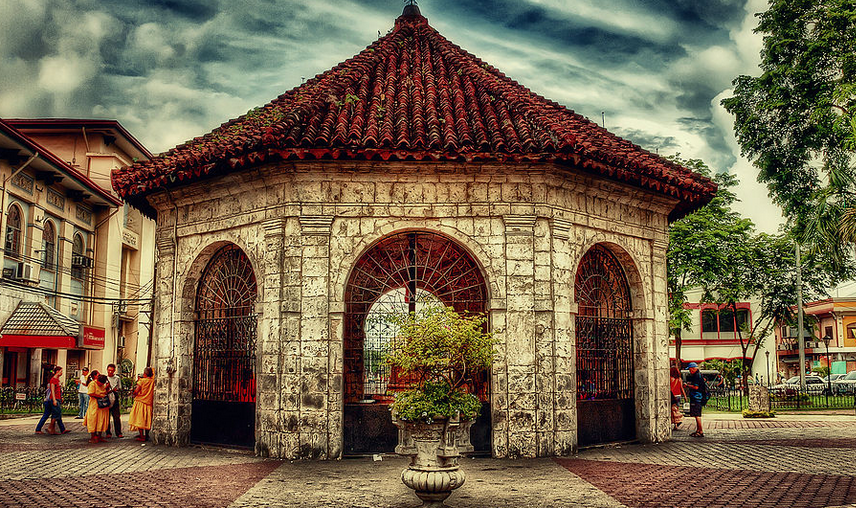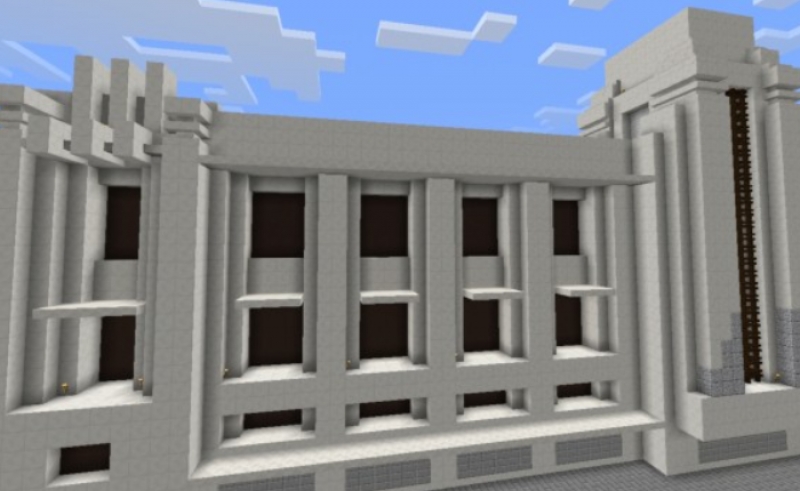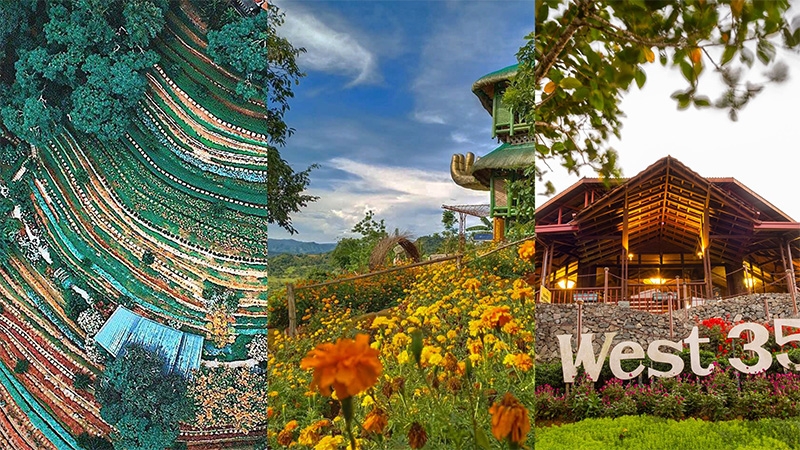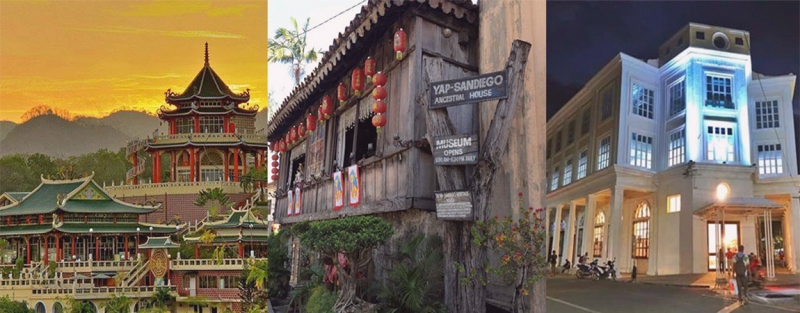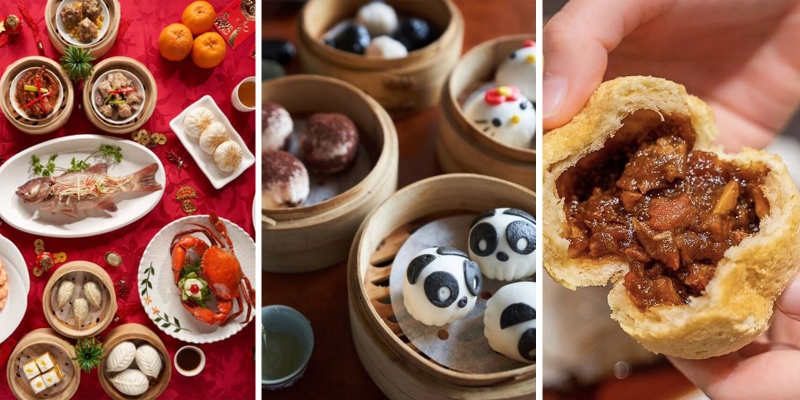Get to know these 5 historical landmarks in Cebu’s Chinatown
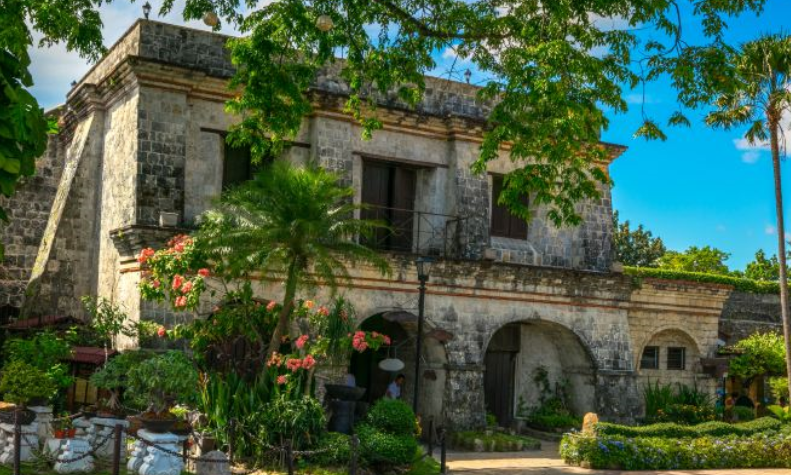
With numerous Chinese communities across the world, Chinatowns have been serving as a home and trading center for the Chinese and the locals for many centuries. The presence of the Chinese culture in Chinatowns are still prevalent today, especially in the Philippines. The rich history between the Chinese and Filipinos manifests in how there are actually five different Chinatowns in different major cities of the country: Manila, Quezon City, Iloilo City, Davao City, and Cebu City.
After 44 years since the Battle of Mactan, The Treaty of Cebu was signed between Miguel López de Legazpi and Rajah Tupas on June 4, 1565. Cebu was officially the first colony under Spain. When the Galleon Trade was imposed during the Spanish rule, many Chinese migrants from Fujian, Guangdong, and other southern provinces in China saw the opportunity to participate in the Galleon Trade. In the 1590s, a Chinese Parian in Cebu was established and was inhabited by Chinese migrants who were mostly traders and artisans for centuries. This has led to a rich Chinese-Filipino history as Chinese-Cebuanos live alongside together, creating and sharing a unique blend of the Chinese and Filipino cultures.
It is known that there is actually no official Chinatown in Cebu, but Cebu City Mayor Tomas Osmeña claims, “Cebu has no Chinatown because Cebu is Chinatown!” Tomas stated how the Chinese are considered Chinese-Cebuanos because of how Cebu is the center of trade in the Visayas. With the rich culture shared between the Chinoys and Filipinos in Cebu, Tomas stated that they have “integrated themselves into the community” and are now “an inseparable part of our culture.”
Dr. Lorelei de Viana, curator and consultant of Sugbu Chinese Heritage Museum, has backed Osmeña’s claim. “If you want to look for Chinatown in Cebu, you have to look everywhere,” she said. In a webinar series ‘Chinatown Portals‘ that was organized by the Chinatown Museum and Bahay Tsinoy on October 3, 2020, Dr. de Viana shared historical facts about the significant places of Cebu’s Chinatown.
Here are 5 historical landmarks in Cebu’s Chinatown with their notable history that you need to know!
1. Fort San Pedro
Address: A. Pigafetta Street, Cebu City
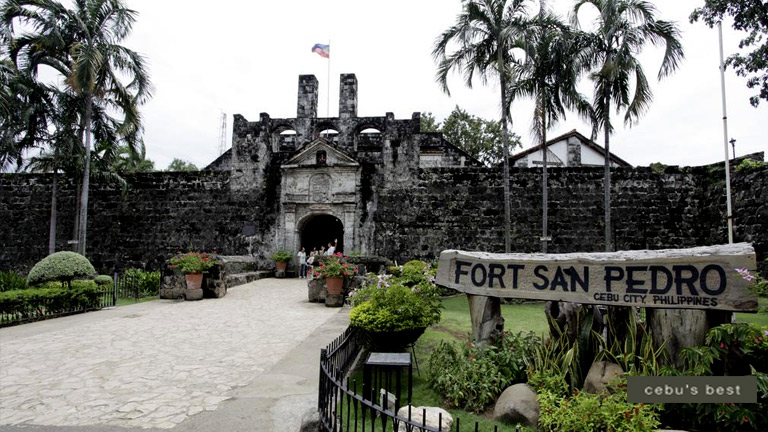
Photo courtesy of Kevin Tocino
Fort San Pedro was established by Miguel Lopez de Legazpi in 1565, which was first named Villa San Miguel. It was utilized as a Spanish base for the first 4 years, but was transferred to Panay in 1569 due to food shortage. After a year, Legazpi came back to Fort San Pedro to settle 50 Spanish married couples as ordered by King Philip II of Spain. He renamed the settlement to Villa del Santisimo Nombre de Jesus by Legazpi in 1570 through the orders of the king to possess Cebu under his (the king) name. Cebu was then named “Ciudad del Santisimo Nombre de Jesus” in 1594.
The fort was originally made out of wood but it was later concretized for defense against Muslim raiders in the early 1600s. In 1738, there were further renovations for the stability of the fort. With its preservation, it still looks the same today after the renovations. The Chinese Parian was born in the 1590s, after Legazpi had implemented a policy of ethnic segregation in 1565. Cebu was divided and the port area Poblacion de Naturales became the town of San Nicolas. Poblacion de Naturales eventually was renamed Ciudad de Cebu.
2. Yap-Sandiego Ancestral House
Address: Mabini St, Cebu City, Cebu
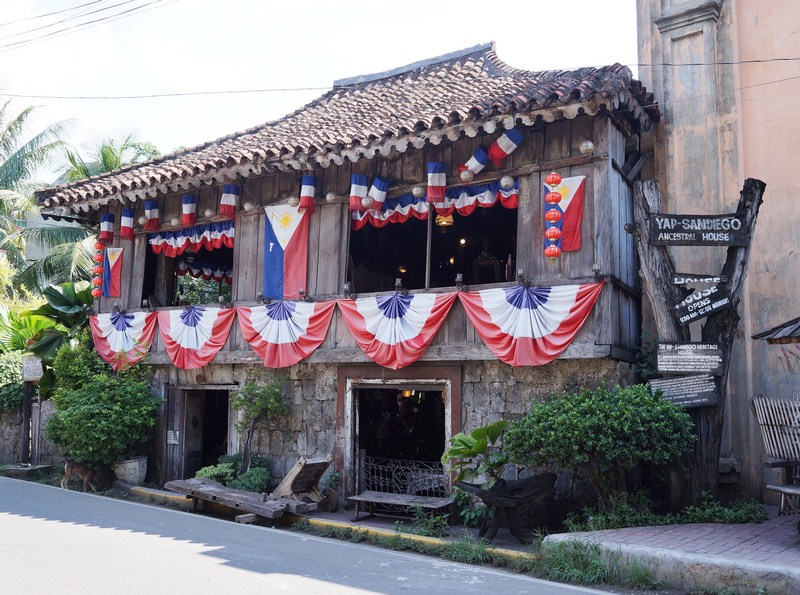
Photo courtesy of Benjie Layug
The ancestral two-story house Yap-Sandiego with Spanish and Chinese influences was built between 1675 and 1700 during the Spanish colonial period. The Balat nga Bata ug Kahoy (House of Wood and Stones) is claimed to be the oldest existing house in Cebu, which proves the existence of the Parian district. Chinese merchant Don Juan Yap and his wife Doña Maria Florido originally owned this house, which was passed down to the 10th generation son Val Mancao San Diego and his wife Ofelia Zozobrado-San Diego. Val Mancao San Diego, an art collector, restored the ancestral home and converted it into a private museum to preserve the history and heritage of Cebu.
3. 1730 Jesuit House
Address: 26 Zulueta St, Cebu City
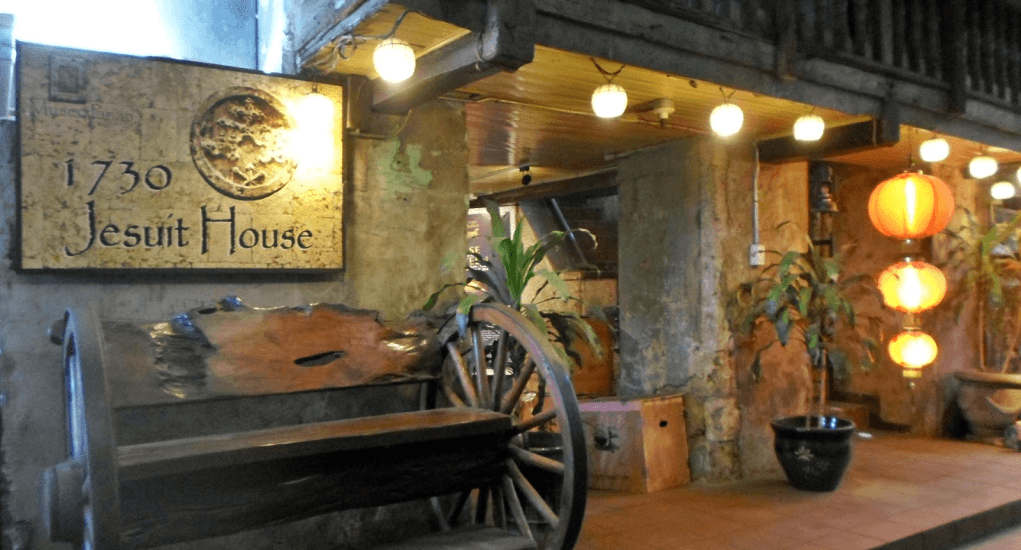
Photo courtesy of Adrian from Airpaz Blog
The Jesuit House or Museo de Parian sa Sugbo has been a home of the second-highest official of the Jesuit society in the Philippines. In the past, Jesuits looked after the souls of Chinese migrants, their families, and loved ones during the abolition and expulsion of the Chinese population done by the Spanish in the 1770s. Based on an archeological study, the house is dated to be older than 1730. Despite it being a well-preserved Jesuit house, its Chinese influence is prevalent from the pagoda-like designs and carvings that Chinese artisans potentially crafted.
4. Casa Gorodo Museum
Address: 35 Eduardo Aboitiz St, Cebu City
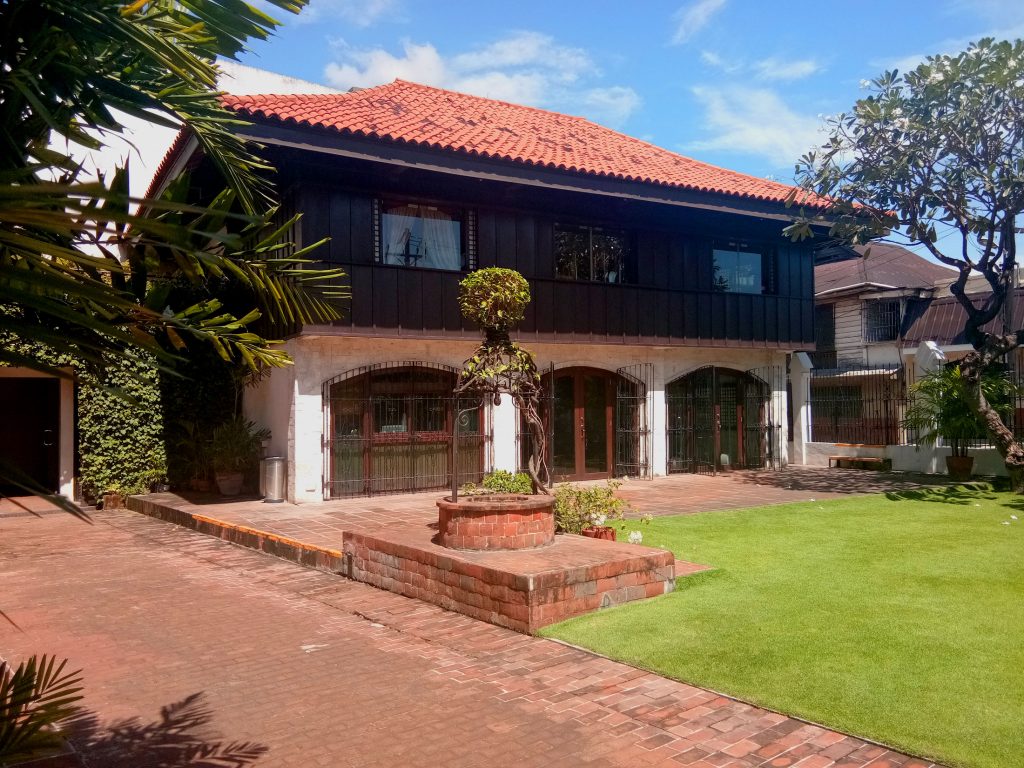
Photo courtesy of Cebu City Tour
In 1778, Chinese migrants were allowed back in the Parian and they were Cebu’s first returnees after the expulsion. This led to a rise of Chinese-Cebuanos because the Spanish government granted freedom of occupation and residence to Chinese mestizos in 1839. The Chinese were also accommodated after Governor General Claveria issued a decree to adopt Filipino names and surnames in 1849. Other Chinese people were able to retain their names as well.
The 19th century Parian was not a Chinese settlement anymore because there were many mestizos who settled there. It is known that the affluent people who lived in the Parian gained wealth from commerce and trade.
Among the rich settlers in the Parian was the first bishop of Cebu, Monsenior Juan Gorodo. He came from a rich background as his father was a tax collector of the Spanish government. The two-story house was built by Alejandro Reynes y Rosales. Spanish merchant Juan Isidro de Gorordo bought and settled there with his mestiza wife in 1865. From 1863 to 1979, the four generations of the Gorodo family settled in this Spanish historic house.
5. Sugbu Chinese Heritage Museum
Address: 731 M. J. Cuenco Ave, Cebu City
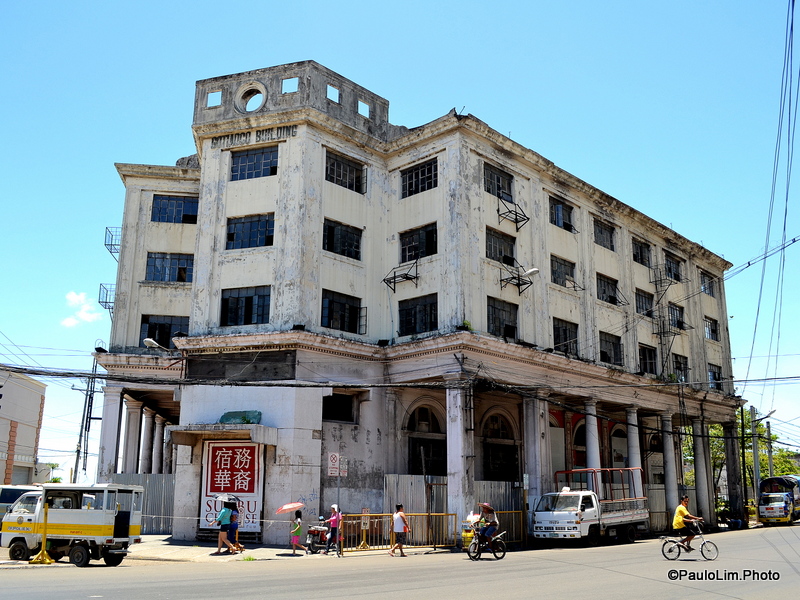
Photo courtesy of Paulo Lim
During the American period in the 1990s, the Chinese-Cebuano community gained influence and status in both business and political sectors. This sense of Chinese local community has emerged into the consciousness of the Cebuano-Chinese in Cebu. Even in the contemporary period, there is an emergence of diverse businesses from Chinese-Cebuano taipans. The Chinese-Cebuano plays a key role in the economy of Cebu with the trading, shopping, and commerce-related industries that boosted Cebu.
The Gotiaco Building, the first modern commercial site in Cebu, was built in 1914 by Manuel Gotianuy. The four-story building was named after his father Don Pedro Gotiaco or Go Bun Tiao of Fujian who migrated to the Philippines during 1875. Since he was 16 years old, Don Pedro Gotiaco is seen as an inspiration as he was able to build his wealth and made an economic impact in Cebu through hard work and diligence. In 2013, Museums of the Philippines and the Sugbu Chinese Heritage Museum Foundation, Inc. aimed to preserve the house and convert it into the Sugbu Chinese Heritage Museum for commemorating and promoting Cebuano-Chinese history and heritage with exhibitions and collections.



